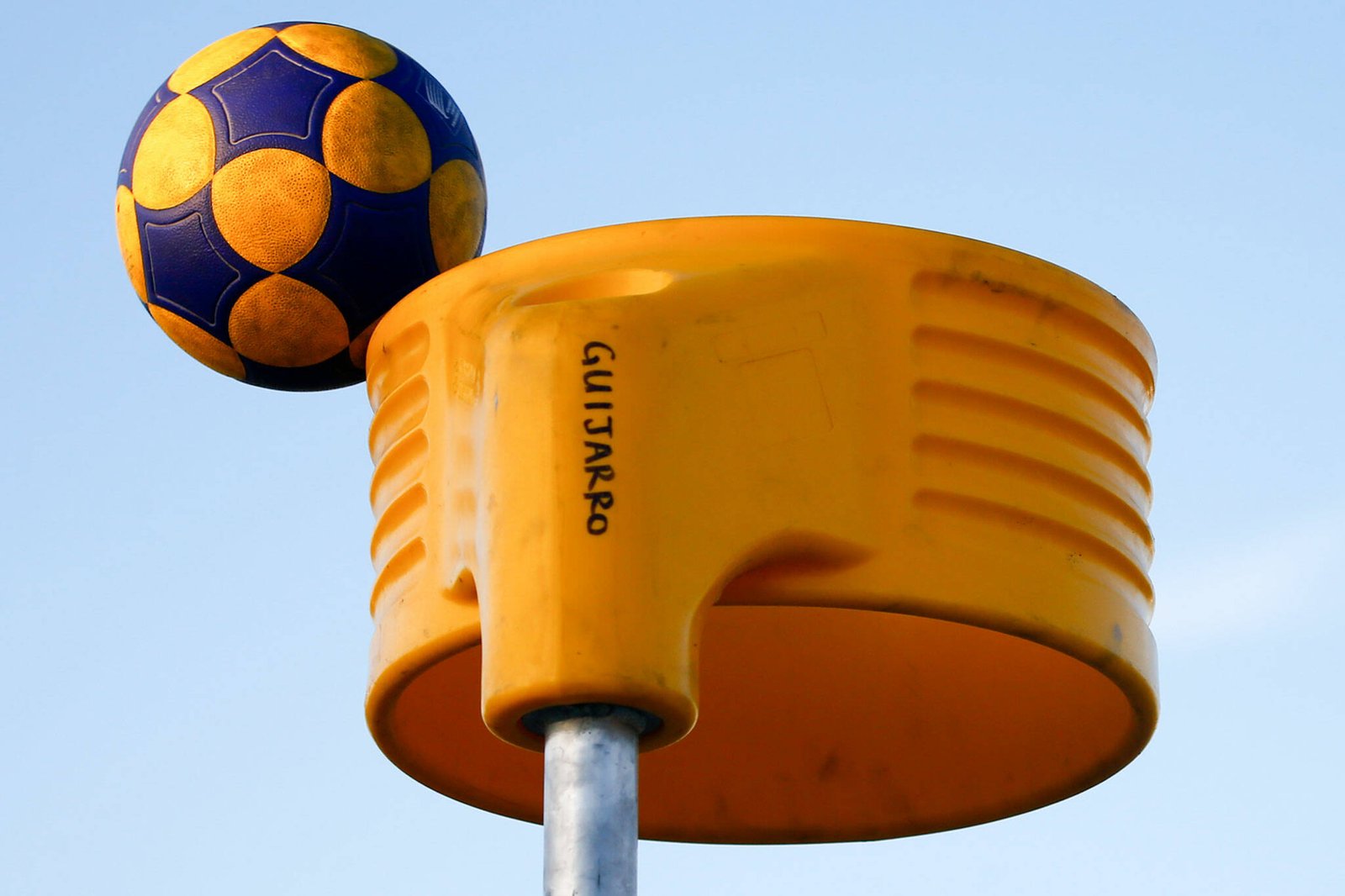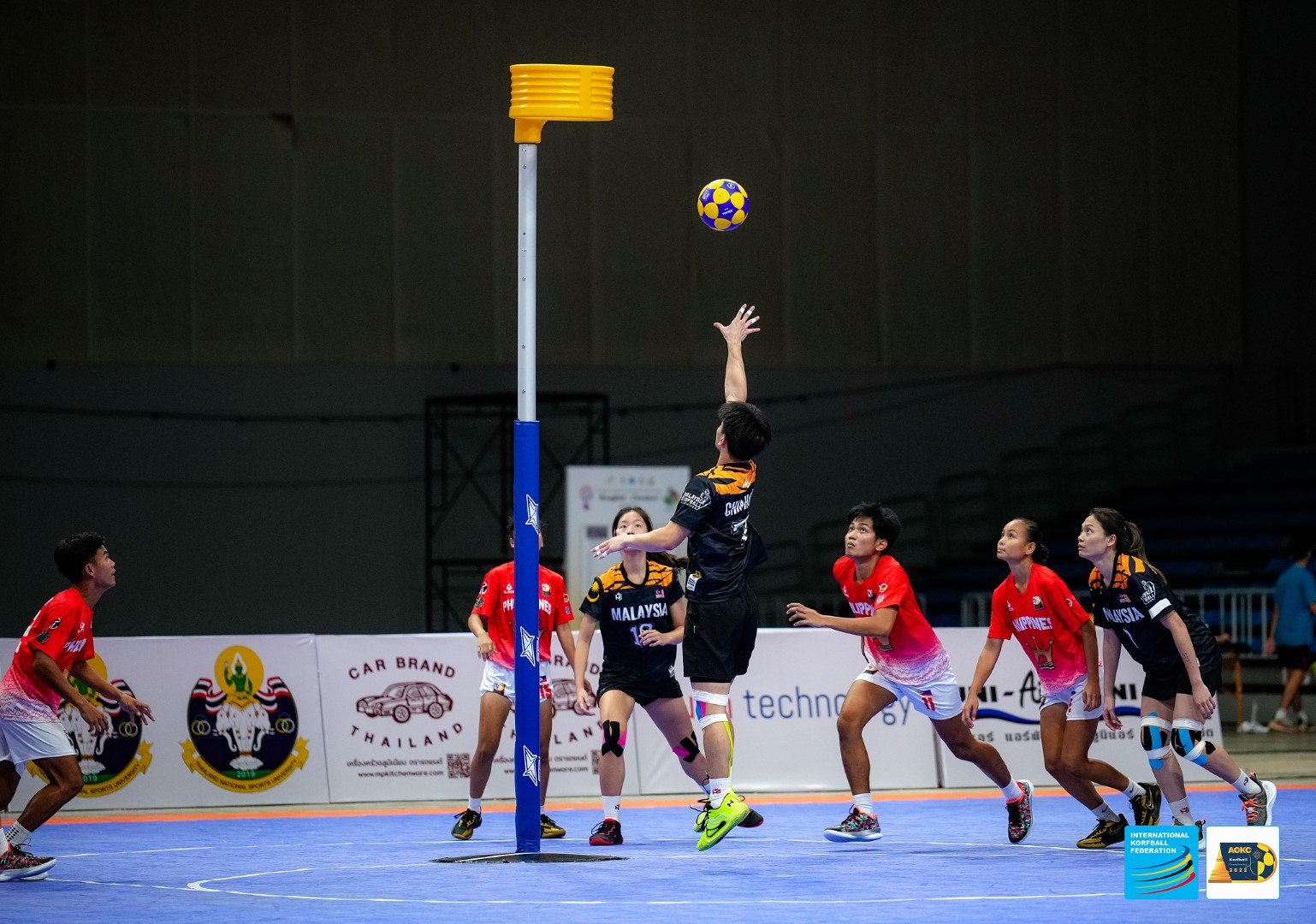Korfball is a unique and exciting sport that can be played both indoors and outdoors. While the rules of the game remain consistent across both formats, the environment and playing conditions create key differences in how matches unfold. Understanding these distinctions is essential for players, coaches, and fans who want to appreciate the nuances of the sport.
In this guide, we explore the main differences between indoor and outdoor korfball, covering everything from court dimensions and tactics to atmosphere and player experience.
Court Size and Playing Surface
The first and most obvious difference between indoor and outdoor korfball is the playing surface and court size.
- Indoor korfball is typically played on a standard sports hall surface such as wooden or synthetic flooring. The court dimensions are 40m x 20m, split into two halves, with a post in each attack zone. The flooring is smooth and consistent, allowing for faster movement and precise changes of direction.
- Outdoor korfball is often played on artificial turf, grass, or sand-based surfaces. While the official dimensions remain the same, the texture of the ground affects how players move and how quickly the game flows. Uneven surfaces or weather conditions can influence ball control and footwork.
The difference in playing surface makes indoor korfball faster and more technical, while outdoor korfball demands adaptability and resilience.
Speed of the Game
Indoor korfball is widely regarded as the faster format of the sport. The smooth, controlled surface allows players to execute sharp passes, quick cuts, and agile defensive movements. This often results in a higher tempo and more tactical precision.
Outdoor korfball, however, is more physically demanding due to weather and ground conditions. Rain, wind, or slippery turf can slow the game down, making endurance and strength more important than speed. Teams need to be more pragmatic in possession and adapt their strategy to the environment.
Impact of Weather Conditions
One of the defining aspects of outdoor korfball is the influence of weather.
- Wind can alter the accuracy of long passes and shots, requiring players to adjust their technique.
- Rain can make the ball slippery and the surface more difficult to grip, impacting dribbling, movement, and defensive stability.
- Heat or cold can affect player stamina and focus, particularly in longer matches or tournaments.
Indoor korfball eliminates these variables, creating a more consistent environment where skill execution is the main factor. This is why international tournaments and higher-level competitions are predominantly held indoors.
Style of Play
The playing environment significantly shapes the style of play.
- Indoor korfball is more tactical, with fast rotations, structured attacks, and quick defensive adjustments. Teams can rely on speed, agility, and precision passing to outmanoeuvre opponents.
- Outdoor korfball encourages a more physical and robust approach. Players need to battle against the elements, maintain focus under less predictable conditions, and often rely on strength and endurance to dominate.
This difference means some players thrive indoors with technical finesse, while others excel outdoors with physical resilience.
Atmosphere and Experience
The atmosphere of indoor and outdoor korfball can also feel very different.
- Indoor matches often take place in sports halls with controlled lighting and acoustics. The crowd is closer to the action, creating an intense and energetic environment.
- Outdoor matches can have a more open, community feel, especially in local tournaments or recreational games. Playing under the sun or in fresh air offers a different kind of experience that many players enjoy.
Both bring unique enjoyment, with indoor korfball feeling more professional and outdoor korfball carrying a traditional, grassroots spirit.
Training Benefits of Both Formats
For players and teams, experiencing both indoor and outdoor korfball is highly beneficial.
- Indoor training sharpens technical skills, speed, and tactical awareness.
- Outdoor training builds resilience, physical conditioning, and adaptability.
Players who can adjust to both environments often become more well-rounded and versatile, capable of handling different challenges in matches.
Which Format is Better?
Neither indoor nor outdoor korfball is inherently better – both offer valuable experiences. Indoor korfball is often seen as the higher-level competitive format due to its controlled environment and faster pace, but outdoor korfball maintains an important place in the sport’s culture, development, and community.
Many players enjoy switching between the two, gaining the benefits of both technical and physical development.
Conclusion
The differences between indoor and outdoor korfball highlight the sport’s versatility. Indoor korfball provides speed, precision, and consistency, while outdoor korfball offers physical challenge, adaptability, and tradition. Together, they showcase the full range of skills and experiences that make korfball a unique and rewarding sport.
Whether you prefer the sharp tactical battles indoors or the gritty contests outdoors, both versions contribute to korfball’s appeal and global growth. to stay fit together, or a competitive challenge, korfball is one of the best sports you can choose.d play will elevate your whole attacking game.



